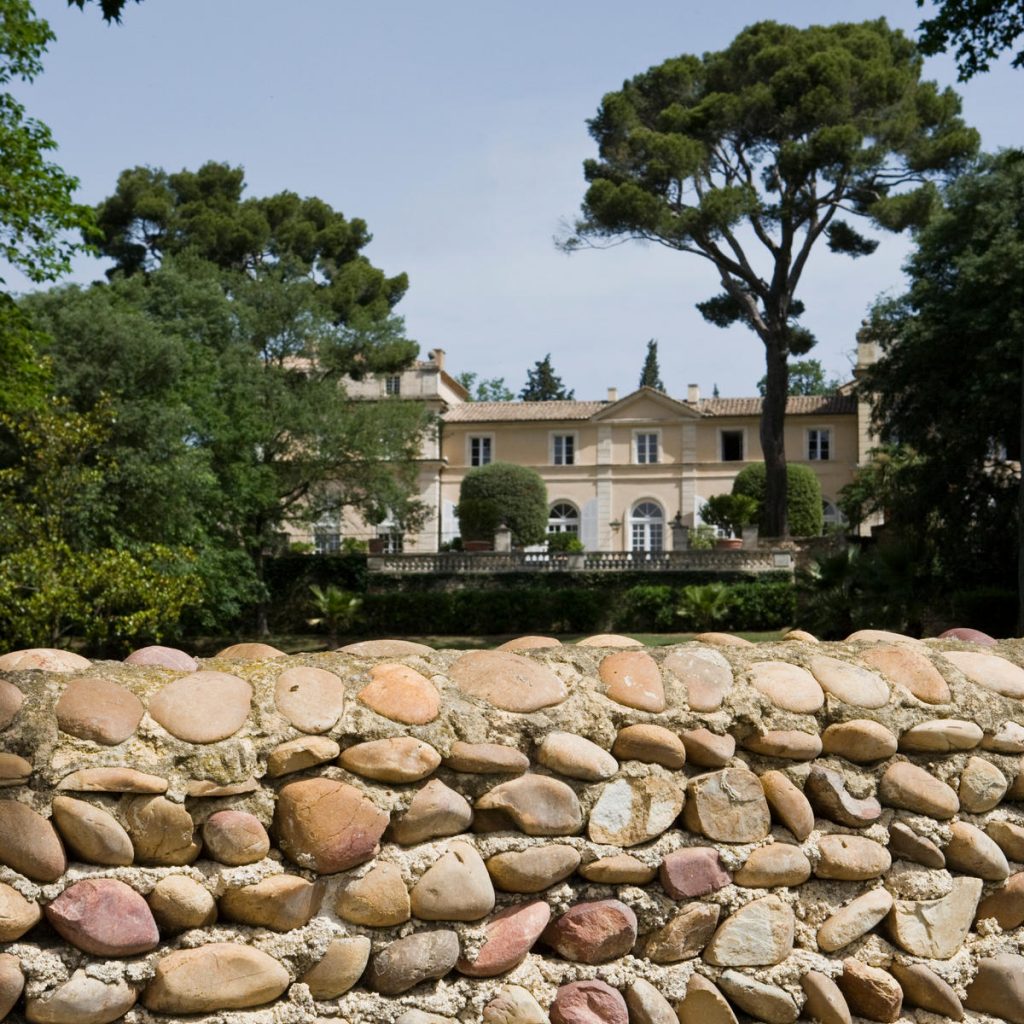What is Châteauneuf-du-Pape?
Author: Mark Pardoe MW

It’s one of the most important appellations in the Rhône Valley – but how well do we really know Châteauneuf-du-Pape? Our Wine Director Mark Pardoe MW ponders just what – from Grenache to galets – makes the appellation so special
During our visit to Clos des Papes, Vincent Avril stated that Châteauneuf-du-Pape is the largest single appellation in France – after St Emilion and Chablis. I think he may have forgotten about Champagne, mind you, but it did get me thinking. Châteauneuf-du-Pape is a very large appellation, with over 3,000 hectares under vine.
However, unlike the two regions mentioned by Vincent, it possesses no quality classification or hierarchy. This fact becomes even stranger, when you consider it became one of the first Appellations Contrôlées – all the way back in 1936.
We all know Châteauneuf-du-Pape to be a significant appellation, but just how well do we know it?
STARTING WITH THE SOIL
We start with the soil, where all is not what it seems. For many people, Châteauneuf-du-Pape is defined by its galets roulés – the large pudding stones that supposedly retain the daytime heat and radiate it back during the night. But its topography is so much more than that.
In truth, the appellation is geologically diverse, and spread across five different communes: Châteauneuf-du-Pape itself, Courthézon to the north-east, Bédarrides to the south-east, Orange in the north and the less significant Sorgues to the south. There is usually clay under the galets, but there are also light sands, sandstone to the east and various limestones to the west – closer to the arc of the Rhône river.
THE VARIETIES
Understanding the complexity of the soil is just the beginning. Then, there comes the thirteen permitted grape varieties. In truth, only Grenache (the appellation’s dominant variety), Syrah and Mourvèdre are significant. Cinsault and Counoise are increasingly used to provide a fresher edge to the blends.
However, while there are approved varieties, there are actually no stipulations around the proportions in which they must be used. Thus, a Châteauneuf-du-Pape could be 100% Grenache or, in theory, 100% Mourvèdre.
In practice, most Châteauneuf-du-Pape has Grenache as its main component, but its character is significantly moulded by the soils on which it is grown. On the lighter sands, there is a clear aromatic note of white pepper; the wines are more lightly coloured and with an accent more on red fruit. On clay soil, a heavier, denser wine is produced, with notes of leather, tobacco and plum.
Many producers own vineyards across a variety of terroirs. From domaine to domaine, they will either blend across their holdings or isolate and vinify separately specific plots, such as Domaine de Marcoux and Domaine de la Janasse. Other producers have significant holdings in one block, like Château la Nerthe. Both Vieux Télégraphe and Château Beaucastel’s main wines are from single vineyards, but on very different soils.
RED VERSUS WHITE
Another thought: Châteauneuf-du-Pape is an appellation for both red and white wine. The whites constitute only 7% of production but, at their best, they are unique and especially age-worthy. Grenache Blanc, Clairette, Roussanne and Bourboulenc are the most important varieties. When freshness is preserved – an increasingly common achievement – these can be superb white wines of stature and complexity.
I’ve just returned from a Buying trip, and I can’t recall another time when my tasting notes also carried so many personal injunctions to “buy this!”. Both of Château la Nerthe’s whites, and those from Clos des Papes, Vieux Télégraphe and Stéphane Usseglio all made the list.
It seems the possible permutations of Châteauneuf-du-Pape are innumerable: so what exactly defines it?
A QUESTION FOR VINCENT AVRIL
For direction, I return to Vincent Avril. His wines are sometimes said to be the most “Burgundian” of the region. The red fruit and low tannin profile of the thin-skinned Grenache can provoke some comparisons to be made with Pinot Noir.
However, Vincent believes that Grenache’s ability to adapt to acute climatic conditions is where it trumps Pinot. Arid weather has always been a feature of the region and has certainly become more extreme in recent years. And yet, in his view, the wines of Châteauneuf-du-Pape are better than ever. He puts this down to the adaptability of Grenache and its ability to deliver balance – despite its traditionally high levels of alcohol.
DEFINED BY CLIMATE
My conclusion is that Châteauneuf-du-Pape is not really a wine defined specifically by its terroir, nor its grape varieties, but by its climate. Indeed, I recall the time when I was studying for my Master of Wine. If I encountered a wine in a blind tasting that was of high quality but devoid of discernible varietal character, Châteauneuf-du-Pape was the prime suspect.
But what Châteauneuf-du-Pape lacks in varietal identity, it more than makes up for in its power to enthral. Above all else, it is a bold wine: wreathed with the heady sensuality of the South, bolstered by its alcohol and supported by a complex mosaic of terroirs and varieties.
Browse the complete Rhone 2020 En Primeur offer here.


